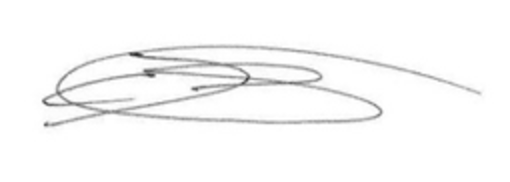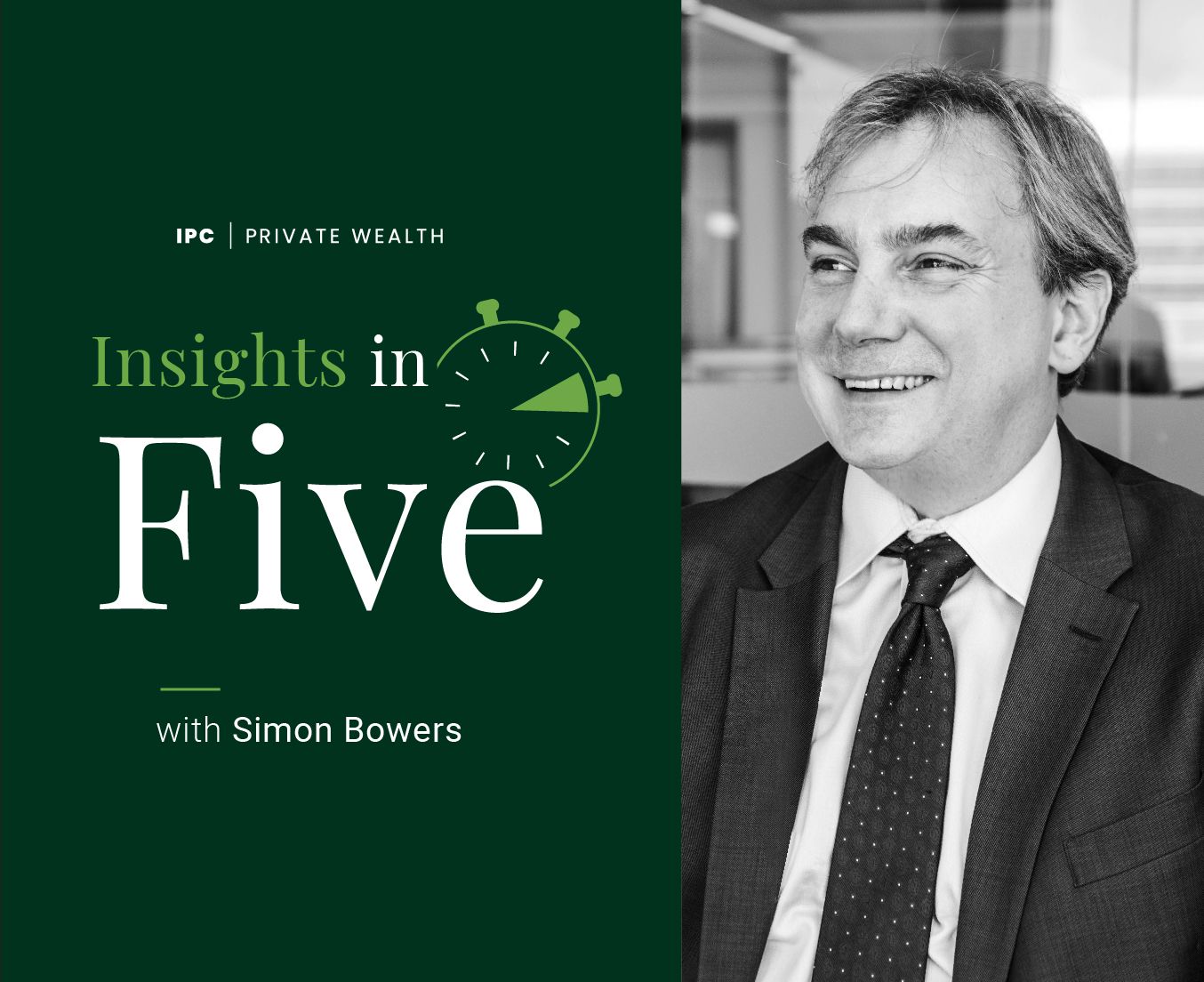As we move into a second week of social distancing and our new reality of working from home, I wish I could say that last week was a week of reflection and new-found time as a result of not having to battle with Toronto traffic for 2.5 hours a day. While I miss that “alone time” with my podcasts, I remind myself that this and other sacrifices are insignificant, given the magnitude of the problem that we collectively face. To “flatten the curve” and prevent more deaths, our medical experts have informed us we need to take extraordinary measures to reduce the transmission rate of COVID-19, or we risk overwhelming our health care system. Similarly, the impact to the global economy is unprecedented; we have never before seen this kind of sharp and sudden contraction in economic activity. Recessions normally come on slowly with economic activity contracting over many months. Today, a recession is upon us, and it only took a few short weeks. I realize that the significant market volatility of the past few weeks is unsettling and adapting to our new reality will take some time. However, let me try to put the last week into context.
The good news is that markets have recognized that there is a serious recession upon us, and market participants have taken steps to adjust their positions to this new reality.
Governments and central banks have recognized the need to release massive resources – monetary, fiscal and regulatory – to lessen the impact of this pandemic (see our infographic on Canada’s Economic Response Plan). Yesterday, the U.S. Federal Reserve announced a major expansion of lending programs designed to unclog credit markets that seized up last week, expanding its facilities to include certain types of corporate and municipal debt. We believe that more stimulus will come to ensure that this recession does not turn into a depression. With that said, I should emphasize that once the economic data starts coming out, things will start to look worse before they become better.
John Rekenthaler of Morningstar recently wrote on the four stages of a Bear Market, the following is an excerpt:
Stage One: Recognition
Almost everybody shrugs off a bear market’s initial slide as being an ordinary event. The markets rise, and they fall. Treating every bad week as the bear’s arrival would not only shred one’s nerves but would cause poor performance.
This market achieved stage one during the third week of February. Stocks were up for the year before suddenly dropping 11% in the last week of February.
Stage Two: Panic
Along with the pain (and regret) of unexpected losses, investors’ faith is tested—and some are found wanting. They sell first, ask questions later.
We are currently in stage two. As with 1987’s stock market crash, the current market decline of the S&P 500 is down 34% from its peak. This is the fastest stock-market descent since The Great Depression. It is difficult to apply rational analysis when so much happens so quickly.
Stage Three: Stabilization
Stocks halt their decline, thereby ending the indication that they will do nothing but fall. The panic subsides, but the situation remains grim. This period is marked by turbulence. Stocks rally, sometimes furiously, only to be knocked back down. Investor sentiment varies between guarded optimism that the end is at least remotely in sight and despair due to false hope. This is typically the bear market’s longest period, sometimes extending for several months. (Several years for The Great Depression, but we do not wish to emulate that example).
Stage Four: Anticipation
This is when stocks start their recovery. As with the bear market’s beginning, almost nobody recognizes its end until after the fact. The news at the time tends to be almost unrelievedly grim. However, some investors perceive economic improvement distantly in the future and begin to invest. As a result, risky assets begin to rise in value.
Historical Perspective
One only needs to look back to early 2009 during the Great Financial Crisis. The economic mood was dire. Stories of mass layoffs, corporate bankruptcies, salary freezes, and mandatory furloughs were common in the first part the year. In February, President Obama signed a $787 billion stimulus package into law, with the hope that the money would help to create 3.5 million jobs for out-of-work and underemployed Americans and help pull the U.S. out of recession. Job creation, however, proved elusive for much of the year. By October, the unemployment rate reached 10.2%, the highest level in 26 years, though a broader measure tracked by the Labor Department, which includes unemployed, underemployed, and discouraged workers, stood at 17.5%. However, from March 9, 2009 to the end of the year, global equity markets, as represented by the MSCI World in Canadian dollar terms, climbed 59.5% and, for the following 11 years, rose a cumulative 326%.
So, what changed to cause the market to rise? It was really the anticipation that things could get better, that there was light at the end of the tunnel.
Looking Ahead
What might be the catalysts for the end of the COVID-19 bear market?
Based on the beginning of social distancing/lockdown, the “recorded” peak of cases in Canada may come as early as late April. The quality of our lockdown will dictate when this peak happens. The far side of the curve is unknown. We may be under some form of lockdown for months to come. The U.S. has done a criminally poor job of tackling this issue. At the time of writing, there are only 70 million people under full lockdown in the U.S., out of a population of 350 million.
We need to see the number and rate of new cases come down and continue to trend lower in the largest economies like the U.S. and Europe before investors will begin investing again.
This will be hard, but it is achievable. It has been reported that Wuhan, China had three consecutive days of no new cases last week, and it was the epicentre of COVID-19. That’s what a good lockdown can do.
On the medical front, several biotech and pharmaceutical companies are working towards a vaccine or treatments. Moderna has started Phase 1 clinical trials for its RNA-based vaccine while Pfizer, GlaxoSmithKline, Inovio, Johnson & Johnson and Sanofi are all in pre-clinical testing of their own. Vaccines will be an important lever in minimizing the impact of the virus in the future. Still, given the lead time required to develop and test a new vaccine (12 to 18 months) and inoculate billions of people, this isn’t a cure for today but an important signal to market participants.
Thoughts on Oil
In the Energy sector, there will be consolidation and bankruptcies in the oil patch, as we witnessed in other periods when prices declined significantly (i.e., 2014). In the near term, investors have every reason to be worried. We see estimates that 2020 oil demand will fall 2.8 million barrels a day (2.8%), if so, it would be the largest single-year drop in nearly 40 years. Because oil producers cannot adjust overnight, global oil markets are likely to be oversupplied on the order of 3.3 million barrels a day in 2020, which dwarfs the excess seen in the 2014-16 downturn.
However, I don’t believe that oil demand will be permanently impacted by COVID-19 in the long-run.
The economy will recover but there certainly will be an underinvestment in the oil sector, which will create supply-demand imbalances in the future.
In the next year or two, oil prices should recover to our mid-cycle of $55/bbl WTI. How fast this happens depends largely on when Saudi Arabia and Russia decide they have done enough damage, and again cut supply. Let’s not forget that Russia and Saudia Arabia are also impacted by the current future price of oil @$19.84/bbl, which is a 68.5% drop in price since the beginning of 2020. We think OPEC is playing a very risky game of chicken in order to bring Russia back to the negotiating table. Oil markets will be an unmitigated disaster if OPEC delivers its threatened supply surge in the face of collapsing demand. Even as OPEC members remain among the lowest-cost oil producers globally, their substantial government budgetary obligations mean that tolerance for lower oil prices is quite limited. At these oil prices, the entire global industry doesn’t function, not just U.S. shale or Canadian oil sands.
This global oil price war is taking a heavy toll on the Canadian Energy industry, which still hasn’t fully recovered from the last crash that started in 2014. Canadian producers were struggling with a shortage of pipeline space that has weighed on local crude prices and limited their growth prospects, even before the current price war. Western Canada Select, the benchmark grade produced by Canada’s oil sands, was down about 72% to $10.51 a barrel on Friday from the beginning of 2020, in line with the drop for West Texas Intermediate. We believe that Canadian Energy companies are better equipped today than their U.S. counterparts. In 2014, U.S. companies levered up with higher-yield debt for growth, while Canadian companies cut spending and growth plans and focused on getting balance sheets in order. It remains to be seen how deep the current decline will go and how long it will last. Any severe, prolonged downturn in prices would hurt Canada, which depends on the Energy industry for about 10% of gross domestic product and a fifth of our exports.
What This Means to Our Portfolios
There would most certainly be a trickle-down effect across a large swath of industries across Canada, including the Banks. The good news is that we have had a much smaller investment in Energy in our portfolios than in the past, a reflection of the lack of investment opportunity in the sector and so this downturn in energy prices has been less painful for our portfolios than it could have been. In my mind and in many of our sub-advisors there is an opportunity in a select few Canadian energy companies and recent portfolio activity reflects that view.
The Canadian banks are better capitalized than they were in 2008 and Canada’s tightly regulated oligopolistic market structure, which limits excess competition, therefore stabilizing the banking sector is an advantage in this type of environment.
Although as Canadians we love to hate our banks, their stability and conservativeness is an advantage during a crisis. All of our portfolios have Canadian bank exposure, and we see sub-advisors opportunistically increasing that exposure due to their current discount to fair value and strong dividend yields.
Final Thoughts
Vincent Chan, Senior Analyst and Portfolio Manager for the IPC Multi-Asset Alternatives Pool, writes: “This investment environment is not the same as the last economic recession of 2007-2008. This is not a crisis of financial contagion or lack of credit being extended (although there have been a few ‘plumbing’ issues that the Central Banks have been quick to resolve). This is demand driven, where the consumer has simply stopped consuming. So, while 1999-2000 was about Technology over-valuation, 2007-2008 was about real estate financing bringing about contagion, 2020 will come to be known as one where the ‘new economy’ holds up relatively well, but the tangible economy suffered.” In my opinion, this is where the investment opportunity lies.
I understand that this past week’s fixed income and stock market action is unsettling and seemingly chaotic. It would be in some ways easier to throw in the towel and distance yourself from the volatility. This is a normal human reaction. Markets operate in what seems to be irrational ways, a reflection of our own innate behavioural biases.
I am confident about our collective ability to surmount the obstacles before us. We have tools available to us that previous generations could not have even dreamed of, such as the ability to sequence the entire DNA of COVID -19 in a matter of weeks. Public and Private institutions are coordinating and are moving at significant speeds to develop vaccines, convert factories to address shortages in masks, respirators and hand sanitizer. The human race has often been slow to react because of political paralysis, and the limits of our cognitive and affective capacities. Perhaps it is because the world doesn’t operate in a smooth and linear manner. Instead, the world full of tipping points and thresholds. When warning signs exist, they may not steadily rise to a predictably timed crescendo that is easily observable and cause us to act in advance. It’s my belief that when the crescendo happens, as it is now, that is when, we as a species, will operate to our fullest potential. Let us not forget that generations before us endured and survived more significant calamities with far fewer resources than we have today. We can and will defeat COVID -19. I would not be genuine, though, if I did not say that for every opportunity, there is always risk. My job is to understand and manage risk and opportunity on your behalf. So, here are the caveats: should uncertainties remain high and unresolved, perhaps because developing a vaccine or treatment for COVID-19 proves to be more difficult than anticipated, or because the financial stimulus efforts prove ineffective, this will be a more prolonged and profound economic downturn. On the other hand, the virus may peak early as social distancing does its job and the virus is contained, resulting in a short recession and, potentially, a strong upturn in financial markets.
We know this bear market state is jarring and highly disconcerting.
While we are not without emotion for the gravity of this crisis, we want to assure you that we are and have always been measured and deliberate when it comes to managing your money.
To do so effectively, we know that now is the time when we must have the most courage, conviction and, most of all, patience. Today’s decisions will drive may years of future returns. In the midst of extreme volatility, along with our sub-advisors, we are sifting through the noise to ensure our holdings and portfolios have the financial wherewithal to survive our most pessimistic, worst case scenario.
In closing, whatever the future brings, the IPC Portfolio Management Team and our sub-advisors will continue to monitor and evaluate markets daily and make adjustments accordingly. We continue to see the benefits of our portfolio construction and the diversification of our investment strategies. Our downside protection strategies have proven to be effective in reducing some of the worst of this bear market.
As a Portfolio Management Team, although we are being separated and adjusting to working remotely, I am happy to say that we are operating well, in some ways, perhaps better. It is likely that when this is all over, we will have developed new-found skills in communication. I believe that this will make us an even more effective and cohesive team going forward. I am hopeful that we all will find some good come out of this “Great Interruption” to quote one of our sub-advisors, David Picton.
Corrado Tiralongo
Chief Investment Officer
Counsel Portfolio Services | IPC Private Wealth
Investment Planning Counsel




